
Key global commodities such as wheat, corn, soybeans and palm oil are now down around 25% from their peak in the aftermath of Russia’s invasion of Ukraine. A rising dollar, plus better harvest predictions in the US, have helped cool surging prices, but the biggest factor is increased concerns over recession and the worry that higher interest rates needed to tackle inflation could stoke demand destruction.
However, concerns still remain. It is not clear what new plantings in Ukraine will look like and whether exports are even possible from the Black Sea. The recent heatwave is also a concern, as is increased protectionism, and the amount of grain still going into biofuels, rather than the food industry. The irony is that many farmers still didn’t make any money even as commodities peaked, because fertiliser, energy and staff costs outpaced commodities, so the pullback in prices now will be a real worry. The food industry simply can’t afford for more farmers to down tools and exit the industry.
Consumers have been pre-conditioned to expect low food prices, so it’s been an unwelcome surprise that even basics, in some cases, are up 20%-40% this year. Although manufacturers have taken record pricing, many are still under-recovering cost inflation. This is why we do not expect manufacturer pricing to peak until at least Q3 at the earliest.
With commodities now beginning to roll over, we think it will become more difficult to take much incremental pricing from here. There are already some well-publicised spats between retailers and manufacturers, notably between Tesco and Kraft Heinz and Mars over pricing. The issue for some manufacturers is that they still need to take more pricing despite commodities now falling, which will be a very hard pill for retailers to swallow.
Companies that were late to price recovery may find the window closing rapidly. Others that hedged well and priced early will be in a better position. A number of enlightened companies may have taken more pricing than they needed, so are now in a good position to promote back, now that commodities are coming off the boil. If some companies are promoting back when competitors in the same sector are still trying to take list pricing, we could be in for more outsized movements in market shares than normal.
The big question for investors is: what does 2023 look like and how much pricing will manufacturers be able to hang onto if commodity prices continue to roll? Clearly it is far from a given that this pullback in commodities will be sustained, but if it is, no doubt retailers will be reminding manufacturers it is a ‘two-way street’ when it comes to pricing and commodity inflation. They will be knocking on the door just as hard as the manufacturers were on the way up to try and recoup some of the benefit of lower commodity prices for their hard-pressed consumers.
The issue is that commodity inflation is not the only inflation manufacturers are dealing with. We think wage inflation could be an even bigger issue next year, plus ESG and sustainability costs continue to go only in one direction. However, these costs are notoriously much harder to pass on.
The optimistic scenario is that pricing will remain much stickier in revenue growth next year relative to inflation rolling over, which will result in a nice bounce in margins. The more cautious scenario is that a slowing economy drives significant trading down and private label gains, which impacts both volumes and sales mix, and the pricing benefit from lower commodities is passed back to the retailers in relatively short order, negating much of the margin relief.
One thing is for sure: procurement teams have rarely been under so much pressure to make the right calls on pricing and hedging. Demand and supply forecasting tools are being stretched to breaking point. It should also not be forgotten that supply chain disruption, whilst easing a little, is still far from over and even keeping shelves fully stocked and getting trucks from A to B is still not straightforward. Put simply, market share and volume growth will depend on getting all of this right.
What is likely to distinguish the winners from the losers is corporate agility, resilience of supply chains, quality of data analytics and ultimately a differentiated brand portfolio, which consumers still want to buy even as their wallets are shrinking. The next few quarters will likely separate the wheat from the chaff.



![XOXO-Product-Shot[ALL FLAVOUR]-Sky-1920x1080](https://dmrqkbkq8el9i.cloudfront.net/Pictures/274x183/4/9/2/355492_xoxoproductshotallflavoursky1920x1080_806584_crop.jpg)





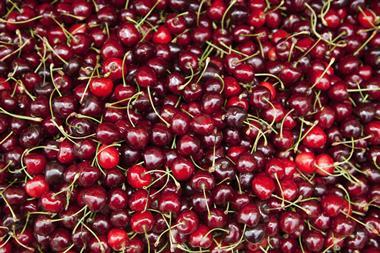
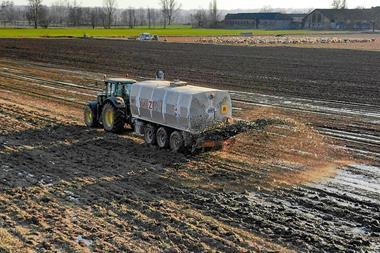

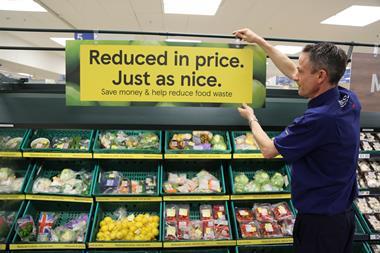

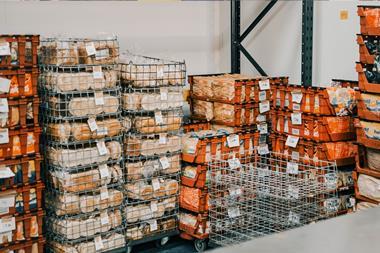

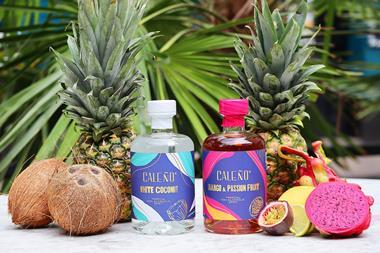


No comments yet